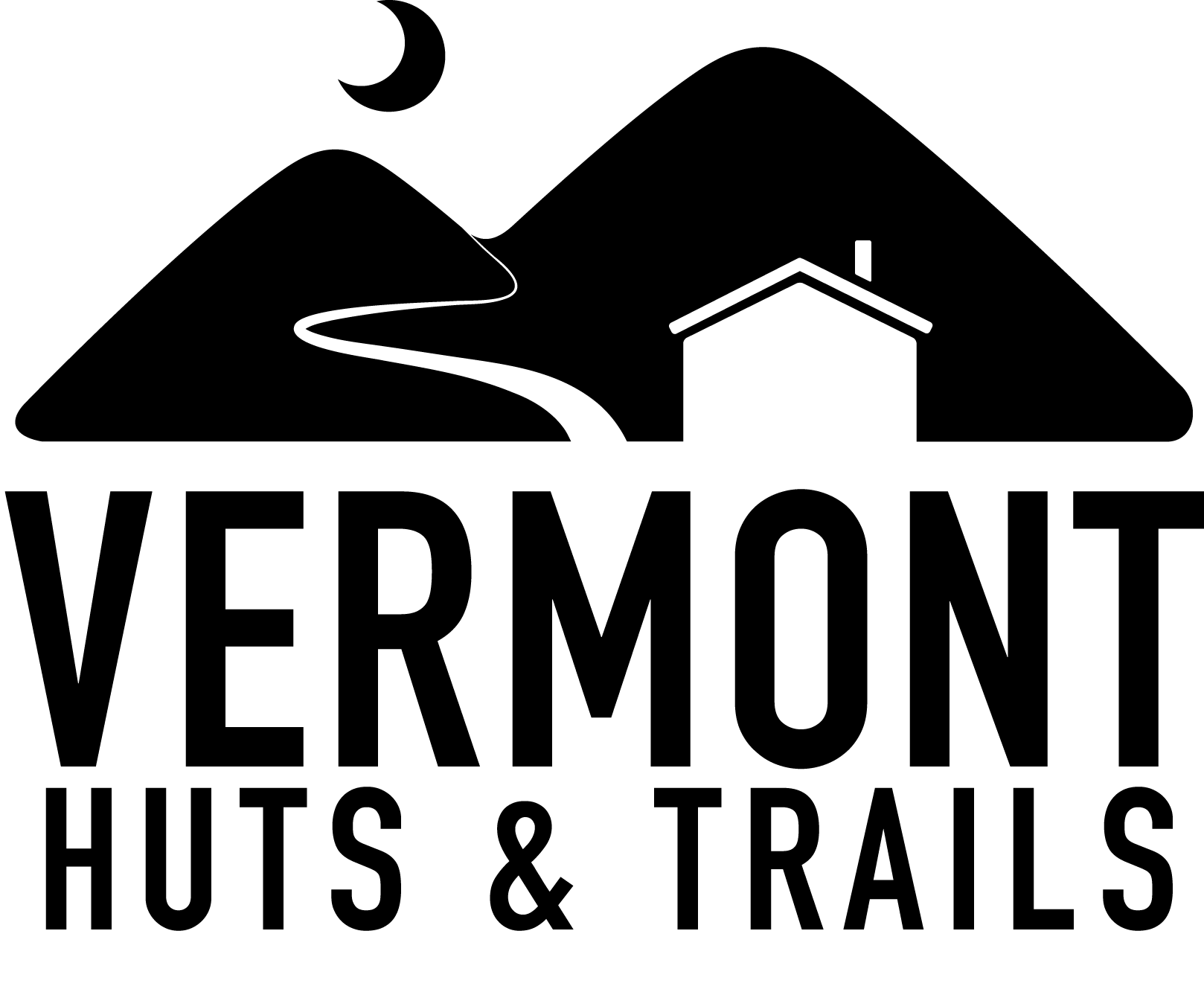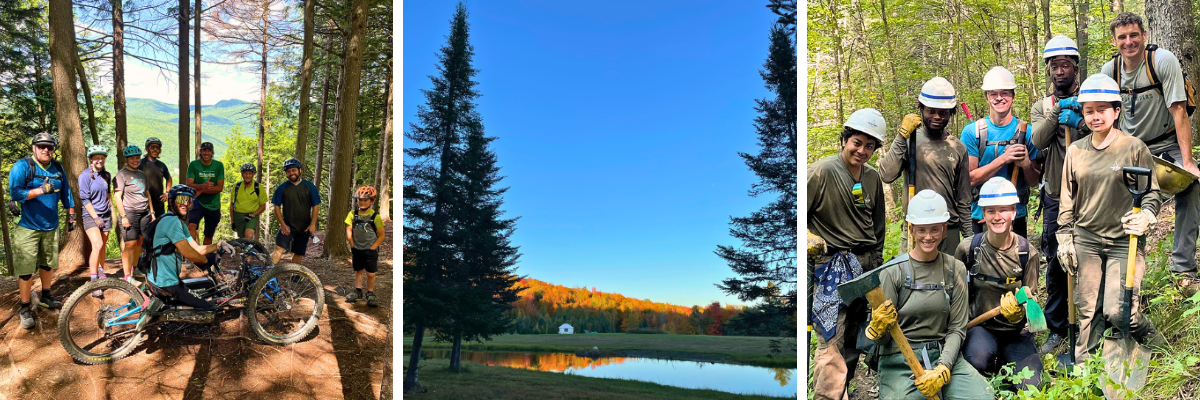Are powder days like this becoming less frequent in Vermont?
As the last gasps of winter slowly transition to the warm breezes of spring, the remaining piles of snow will melt away to reveal the mess that is mud season in Vermont. April is a bittersweet time for many of us – while the excitement for hiking and biking season grows, one can’t deny the mild depression caused by the sight of brown patches on our ski slopes. In the end, though, after the sun has relieved the soil of its sponge-like consistency and foliage has returned to our forests, we are rewarded with the beauty of the Green Mountains – a scene so magnificent it prompted our state nickname.
But what about those other mud seasons we experienced in Vermont this winter? No doubt, we’ve had some incredible conditions in the mountains, with just about every resort reporting above-average snowfall totals, and there was the blizzard in March that provided some of us with the “deepest snow we’ve ever skied.” By no means should we discount the value of those days, but the reality is that we had a significant thaw every month this winter, stressing not only our sanity at times, but also the infrastructure of our state. In Stowe, December, January, and February produced temperatures of four, twelve, and nine degrees above their historical monthly averages, respectively (AccuWeather). Such numbers simply illuminate the elephant in the room.
[no_blockquote text=”It’s a big elephant” text_color=”” title_tag=”h2″ width=”300″ line_height=”” background_color=”” border_color=”” show_quote_icon=”no” quote_icon_color=”” quote_icon_size=””]
97% of scientists claim humans are accelerating the warming of the planet. If you choose to side with the remaining 3%, that is your choice, but there is no escaping these facts: “The 10 warmest years (on the planet) in the 136-year record all have occurred since 2000, with the exception of 1998. The year 2016 ranks as the warmest on record” (NASA). What does that mean for recreation in our Green Mountain State? How can we adapt to thrive in a winter where, in a matter of 48 hours, temperatures may range from sub-zero to 60+ degrees?
There’s the low hanging fruit: Man-made snow at ski resorts can cover a brown trail in a ribbon of white overnight, mitigating the impacts of a warmup and allowing those fortunate enough to afford a season pass or lift ticket the opportunity to ski when Mother Nature won’t provide. But such efforts are extremely expensive, and we all know that snow, regardless of its source, is not immune to frequent thaws. And what about our backcountry terrain? In early March, after February’s brutal thaw, most sections of the Catamount Trail were sketchy at best, and venturing onto less-maintained gladed runs was a recipe for disaster. Most of the Nordic centers across the state, which are key to end-to-end travel along the Catamount Trail, had to close due to lack of snow until the mid-March blizzard revived Vermont’s winter economy.
We should not wallow blindly into next winter, lest we become short-sighted. Should recent trends and forecasts hold true, we will again experience numerous freeze-thaw episodes. If Vermont is to remain a relevant contender as a premier winter destination, businesses, organizations, and governments should continue to embrace and market a more diverse portfolio of winter activities, which are already taking hold. Downhill skiing will undoubtedly drive our winter economy for the foreseeable future, but efforts must be increased to expand upon and nurture the emerging winter sports that can help our state’s tourism industry continue to thrive in a changing climate.
[no_blockquote text=”Year-round opportunities” text_color=”” title_tag=”h2″ width=”” line_height=”” background_color=”” border_color=”” show_quote_icon=”no” quote_icon_color=”” quote_icon_size=””]
Biking is now a year-round sport. Some outdoor centers (and many trail chapters) across the state have long since hopped on the fat biking trend, and others should take note of their success, as it offers an alternative to skiing when conditions are less than ideal. It also provides another revenue stream through the sale of bike rentals and trail passes. The Vermont Mountain Bike Association is helping to cultivate this movement, and we need only look to the Catamount Outdoor Family Center in Williston or the Kingdom Trails in the NEK for examples of how to embrace this new trail use.
Vermont’s hiking trails have also seen increased travel during winter months. The rapid warm-ups followed by arctic cold blasts that leave our ski trails more suitable for ice skates often provide the microspike-wearing hiker an opportunity to negotiate ice-covered hiking trails with relative ease. Of course, this presents a tricky scenario for land stewards, as our hiking trails and the shelters along them were not necessarily designed with winter use in mind, which can pose a safety hazard for the ill-equipped and uninformed traveler. This does not mean the opportunity to utilize our hiking trails on a more year-round basis should be ignored, but it must be approached with careful planning and clear messaging. The Green Mountain Club has already started this process by providing winter hiking information on its website.
[no_blockquote text=”The uphill battle” text_color=”” title_tag=”h2″ width=”” line_height=”” background_color=”” border_color=”” show_quote_icon=”no” quote_icon_color=”” quote_icon_size=””]
Ski resorts should welcome uphill skiers. Yes, this activity still requires snow, but your average uphill skier is generally more concerned with the workout and reward of ascending a mountain than they are the conditions on the downhill. According to SIA, the 2013-14 season saw over 3.2 million people earning their turns across the US. The sport, oft referred to as “skimo,” is exploding, and if more Vermont ski areas would adopt uphill policies similar to those of Bolton Valley or Jay Peak, they would attract a growing user group who is willing to brave sub-par conditions for physical gain. Not only that, but uphill skiing at resorts is a great way for new uphill travelers to ease into the sport in a relatively controlled environment, boosting their confidence when the time comes to transition into the backcountry and travel along the Catamount Trail.
This is not to suggest we abandon our efforts to slow the pace of climate change. If there was ever a time to do more and find new ways to protect our environment, it is now. Keep recycling. Keep reducing. Keep reusing. Compost your food. Remember to turn your lights off. Bike to work if you can. Maybe we’ll come out on top and miraculously stop the warming trend before it’s too late. But to ignore the facts and assume our idyllic Vermont winters will remain the same would be to live in a fantasy world.
Disclaimer: The views and opinions expressed in this article are those of the author’s and do not necessarily reflect the official policy or position of the Vermont Huts Association.

